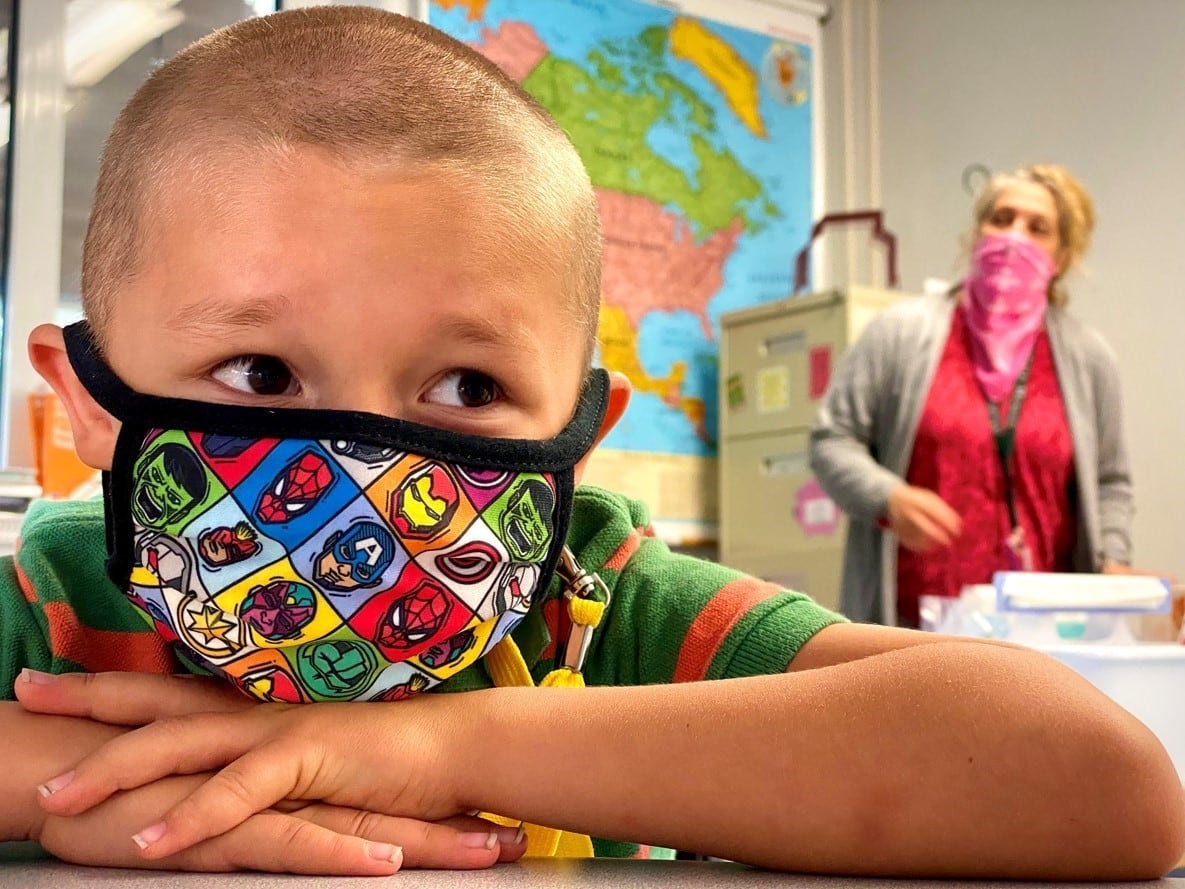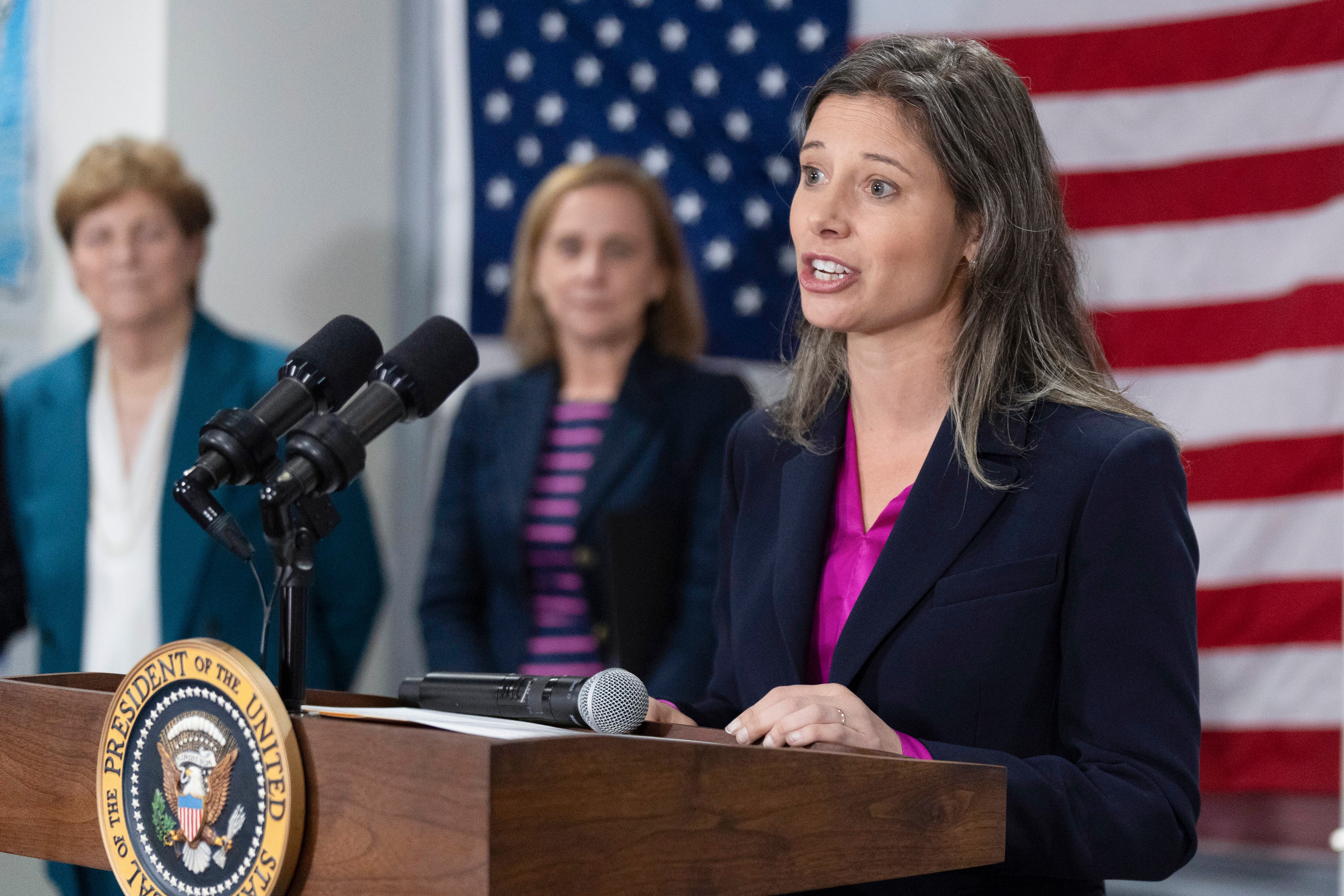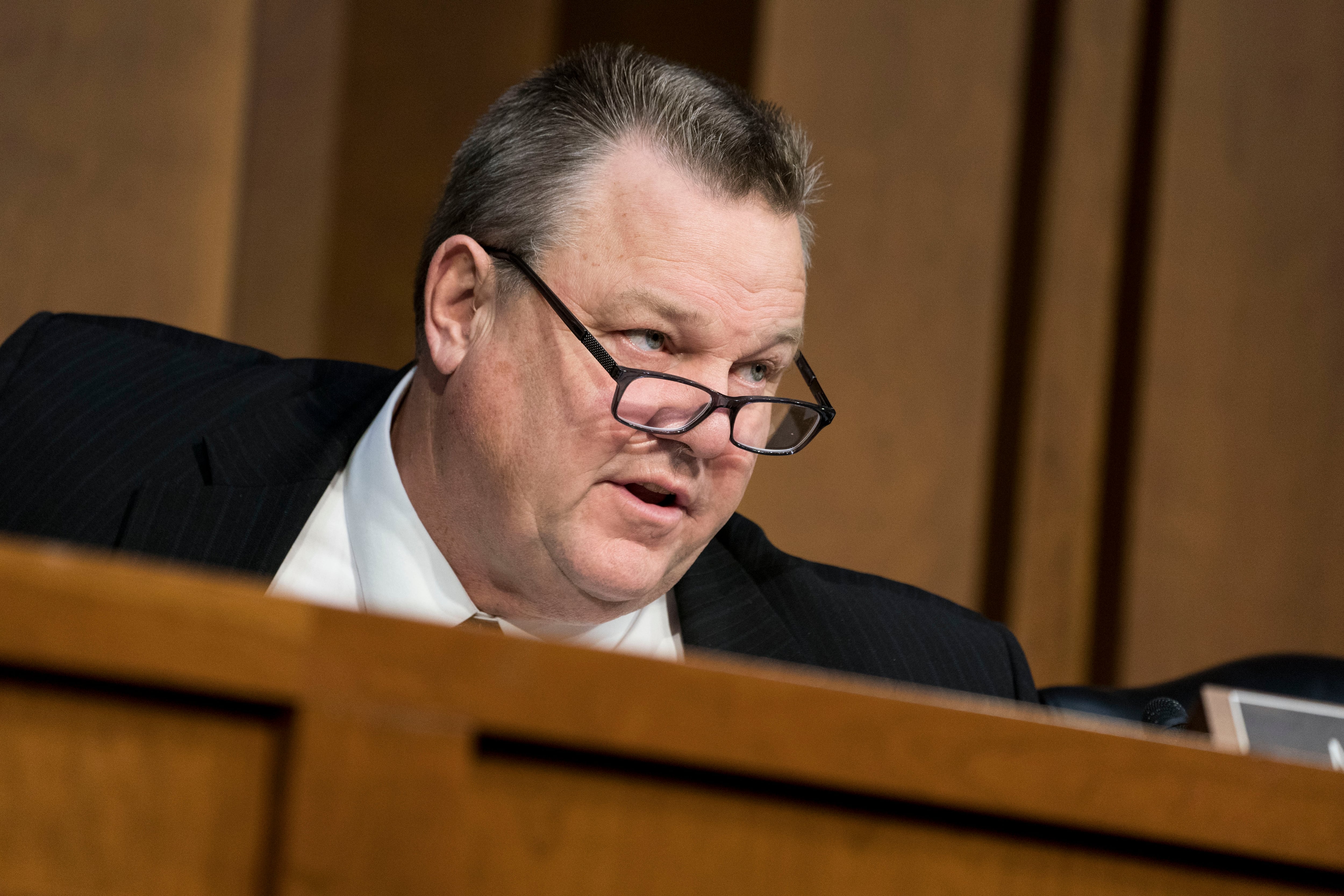As school districts around the country have struggled to keep their students and staff safe while also educating the children during the pandemic, the Department of Defense Education Activity has been navigating outbreaks around the world — while mostly staying open for in-person learning.
The Education Activity operates 160 schools in 11 foreign countries, seven states, Guam and Puerto Rico. About 64,000 children of military and DoD civilians attend these schools.
Because of DoDEA’s early response to the pandemic, infection rates have remained low, said Tom Brady, director of the DoDEA schools, in an interview with Military Times. In the last school year, from August 2020 to May 2021, the COVID infection rate was 0.8 percent among DoDEA students worldwide for the entire year, and 3.7 percent for staff members. Following guidance on safety protocols from DoD and the Centers for Disease Control and Prevention, school officials pushed to keep schools open for in-person learning.
One staff member, Pamela Harris, a Fort Knox Middle/High School guidance counselor, died from COVID on Sept. 15, 2020.
“It was a tragedy,” Brady said. “She was there for so many years and was very beloved. She had contracted it at a church function. There have been no other fatalities that I know of.”
None of DoDEA’s students contracted COVID at school or on the bus, Brady said.
In early 2020, as COVID rolled across the globe, DoD schools moved to remote learning for the last several months of the 2019-2020 academic year, starting with schools in South Korea. Within 72 hours after the physical schools shut down in South Korea, there were enough Google classrooms and professional development resources so that students were back on their computers at home, learning with their classroom teachers, Brady said. Officials took that model to Italy, Germany and eventually to all locations as physical school buildings were closed down because of COVID-19.
That all changed by the beginning of school year 2020-2021, when the goal was to have all schools open for in-person learning, unless the installation’s Health Protection Condition forced them into remote learning.
“I’ve learned that our students were so eager to get back to school, to be with their classmates and to learn, that when [they were told] ‘you’re going to wear a mask, you’re going to be six feet apart, and you’re going to eat lunch all over the school,’ they did that so willingly,” Brady said. He described it as “willing compliance.”
By March 2021, 99 percent of DoDEA schools were operating in person, he said. The only schools that were operating remotely were the two in Bahrain, because the kingdom had a severe COVID outbreak. This fall, 100 percent of DoDEA schools started the year with in-person instruction.
“The best way for students to learn is face to face,” Brady said. “COVID-19 certainly throws a wrench into that.”
Throughout the past school year DoDEA schools around the world were shifting back and forth from in-person learning to remote learning. Those numbers converged in January 2021, with about an equal number of schools operating in person versus remote, mirroring increases in COVID in communities.
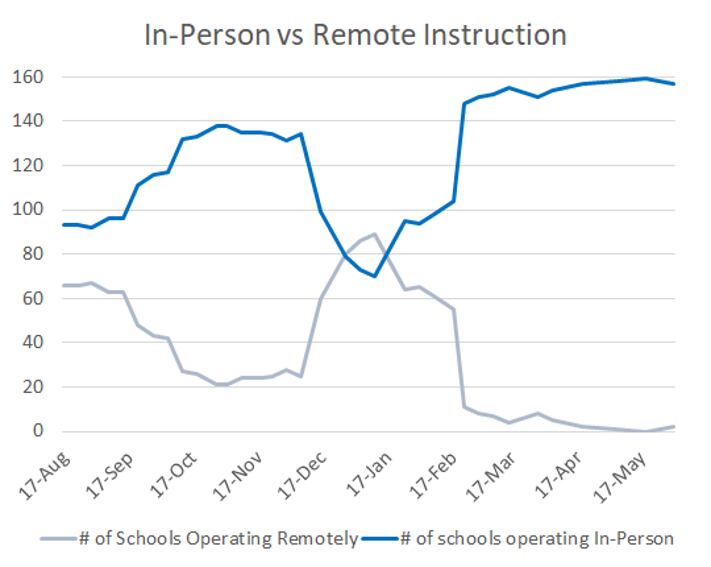
“I can’t say enough about the teachers. Look at how remarkably flexible they had to be,” Brady said. “In school, mitigating to ensure that everything was right, and teaching. And then at a moment’s notice, back to a remote computer. It is very, very difficult to teach remotely, with 20 kids on the screen. It’s just a challenge, and they met that.”
The classrooms were at the forefront, but there was a lot of effort at the local, regional and headquarters level to support those classrooms. “There’s no success in COVID-19 at the end of the day,” Brady said, but he described “a remarkable professional reaction of taking care of kids.” Administrators were “24/7 COVID, contact tracing, keeping local commanders informed,” Brady said. “They lived and breathed it. ”
And it was — and is — an all-in effort at DoDEA headquarters, where officials put together detailed guidance and worked closely with the Centers for Disease Control and Prevention for the most up-to-date information on how to keep students and staff safe, Brady said. Headquarters staff put together guidance for principals and staff in the summer of 2020; it’s now in the seventh updated version. Virtually every division in headquarters worked on issues and guidelines based on CDC and DoD guidance, ranging from safety measures such as cleaning and social distancing, logistics in getting needed cleaning and other supplies, standards and curriculum, the DoDEA Virtual School, special education needs and more.
Headquarters staff also has been in close communication with schools to answer any questions and to address any needs, Brady said. “It was a remarkably complex but very well-organized response to something that we had never done before,” he said.
DoDEA officials at all levels — schools, regions and headquarters — have been working with local commands and military officials up the chain, including public health and military medical officials. “That working together was remarkable to keep children face to face,” he said.
“If you look across the United States, I don’t think there’s another school system that had the resources and the partnerships and the focus on taking care of kids that we were blessed to have,” Brady said.
DoDEA’s safety protocols resulted in low levels of viral transmission in schools, said Wendy Cooley, DoDEA’s chief of capabilities and initiatives, the division that has been the central point for all things COVID.
“The low infection rates coupled with DoDEA’s ability to provide uninterrupted instruction serve as evidence of the efficacy of this plan and of DoDEA’s unwavering commitment to the total force and military mission readiness,” she said.
DoDEA officials and advocates acknowledge it’s difficult to compare worldwide DoDEA schools and students with other school systems in the U.S. when it comes to COVID-related issues, and comparable statistics aren’t available.
“It’s such a localized issue, when it comes to where DoDEA schools are located. You also have to look at the COVID infection rates in the areas,” said Nicole Russell, government relations deputy director for the National Military Family Association. “But you’d be hard pressed to find someone who would argue with the fact that in-person instruction is probably ideal for most students.”
Other results from DoDEA’s year and a half of dealing with COVID:
♦ In August, 2020, 58 percent of DoDEA schools were open for in-person learning. “That was when only 24 percent of the 100 largest U.S. school districts made full in-person instruction available at the start of that school year,” said Cooley. During that first semester, DoDEA hit a high of 87 percent of schools open for in-person learning; by March of 2021, 99 percent of DoDEA schools were open for in-person learning.
♦ This fall, DoDEA schools opened with 100-percent in-person instruction, said Cooley. There was one minor shift to remote for a short time in Sicily, where a school had an air-conditioning problem. That shift is an example of how COVID has shown that productivity at the school level, and service from the region and headquarters level, can continue in these situations, she said. “It doesn’t have to be COVID. We’re prepped and poised for fill-in-the-blank the next public emergency,” she said.
♦ DoDEA students didn’t experience the drops in test scores in end-of-year assessments, compared to pre-COVID, that many of their counterparts did in schools across the U.S., officials said. Among DoDEA students, “some groups saw slight increases in results for English language arts/literacy in school year 2020-2021, while most maintained steady achievement from school year 2018-2019,” said DoDEA spokesman Will Griffin. The tests weren’t administered in the spring of 2020 because of the pandemic. Students held steady in math, with some slight gains among all students with disabilities and in sixth-grade math. There were significant increases in geometry (6 percent) and Algebra 2 (7 percent), compared to that previous assessment cycle, he said. About 95 percent of DoDEA students participated in the end-of-year assessments.
PSAT scores “tell a similar story of extraordinary achievement given the backdrop of the pandemic,” Griffin said. “DoDEA students exceeded expectations again, with steady progress across the board in reading and writing and math in line with historic PSAT scores.”
It’s difficult to do comparisons with other states and school districts, because of the different tests and percentages of students who took the tests, Brady said. But the DoDEA results “speaks volumes to the face-to-face instruction and the remarkable teachers and principals we have,” he said.
♦ A new DoD Inspector General report confirmed that DoDEA has developed and implemented controls based on CDC and DoD guidance related to preventing the spread of COVID-19. Auditors reviewed a sample of 15 schools from each of the DoDEA regions — Europe, the Pacific and the Americas. As a result of the DoDEA guidance, the 15 DoDEA schools reviewed “provided staff, students and parents information and training on effective hygiene, social distancing, cleaning and identifying the signs of COVID-19 to reduce the risk of COVID-19 spread for students, teachers and staff members,” the report states. Auditors didn’t provide any recommendations to DoDEA for improvements.
♦ That low infection rate got DoDEA noticed. DoDEA experts worked with the COVID Collaborative, a group formed on behalf of the Biden administration to help provide some school-level research for the CDC, Cooley said. They sought input from DoDEA, she said, “because we have those incredibly low infection rates while remaining in person.” That led to some work with the CDC, when DoDEA was invited to provide input, through official channels at the Pentagon, she said. Examples of that input included looking at the model for physical distancing “from a realistic standpoint in schools with class sizes that would or would not be feasible,” she said. DoDEA benefited from learning the science behind CDC’s work. DoDEA also provided input to Department of Education officials, she said.
♦ Overall, about 75 percent of DoDEA staff members have been fully vaccinated. The numbers are higher in the Europe and Pacific regions, with about 90 percent vaccinated. Soon all staff will be required to get vaccinated, based on the executive order from President Joe Biden requiring federal workers to be vaccinated. Staff members have previously been voluntarily providing information to DoDEA officials about whether they were vaccinated, but the information wasn’t required, Brady said.
The Federal Education Association “is pleased to see the administration taking the health and safety of its DoDEA educators and students seriously, while seeking to get as many educators vaccinated as possible,” said FEA spokesman Gary Hritz. He said the union applauds the National Education Association for stressing the need for resources to ensure educators return safely to the classroom to educate their students.
“We also agree with the importance of bargaining over vaccination policies, so that employees have a say in the process and so that exemptions for specific reasons, such as medical or religious exemptions, are fully addressed,” he said.
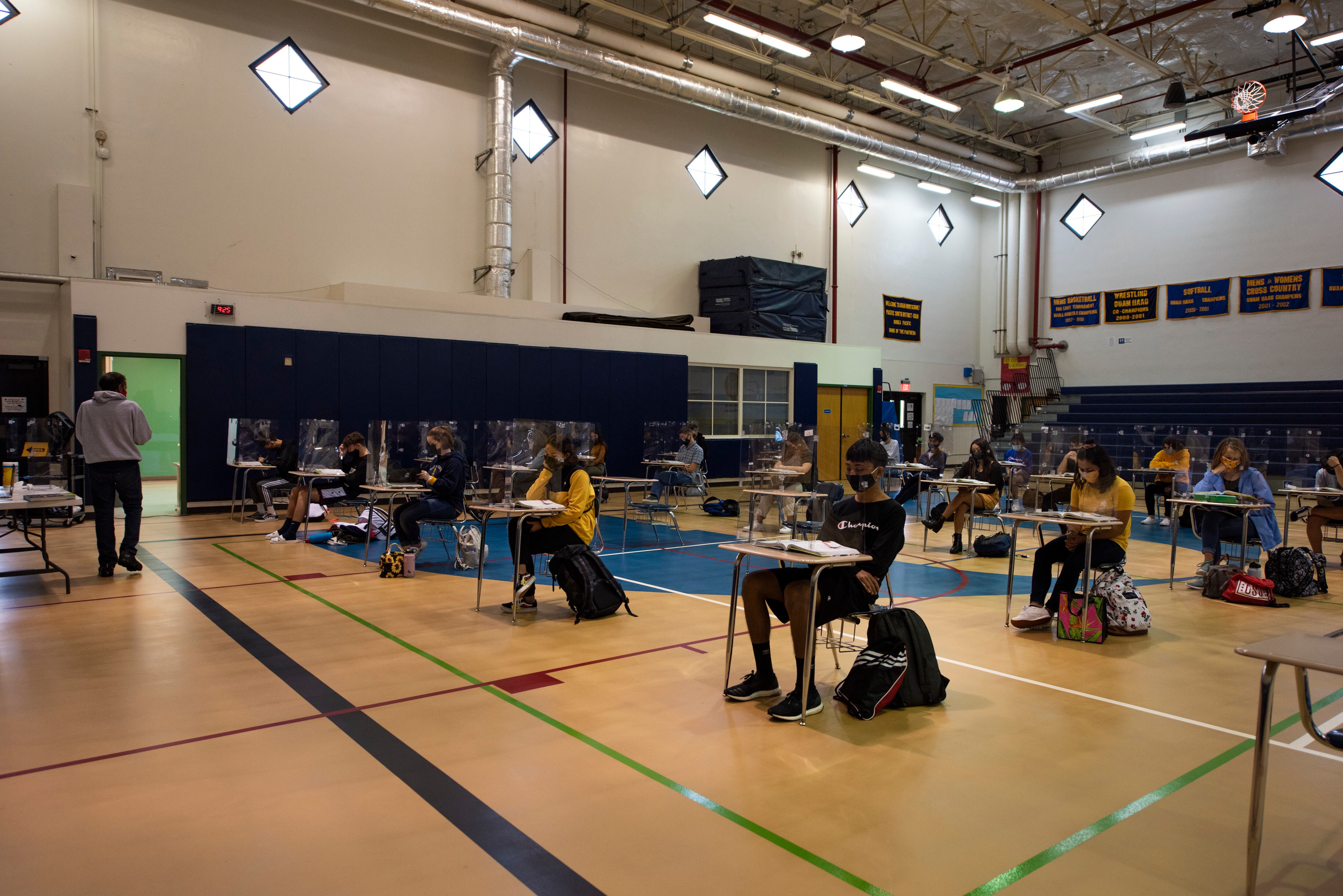
As more information from the CDC has emerged, DoDEA has moved, with its contact tracing, from having to shut down the physical school and shift to remote, to looking at classrooms and grade levels that may have been affected. Cooley said. For example if a third-grade student or teacher has COVID, the trace team examines who was affected, and the third-grade class or a few classes might shift to remote, rather than the whole school.
Remote learning, which is what DoDEA students were doing in the spring of 2020, happens if local COVID-19 infections escalate and the installation goes to Health Protection Condition C.
“We’re tied to the rates of community spread, which is the HPCon status,” Cooley said. Students work on their computers from home, connecting with their local classroom teacher.
That’s separate from the DoDEA Virtual School. For more than a decade, DoDEA has operated a fully accredited virtual high school for grades nine to 12, where students overseas take classes with teachers who are in a variety of locations. As COVID rolled out in 2020, DoDEA expanded the Virtual School to include grades K to 12, recognizing the COVID-related concerns that some teachers, students and their families have about returning in person.
About 12,500 students in grades K-12 enrolled in the virtual school option in the fall of 2020, Brady said. In the second semester, the number of K-12 students decreased to about 5,000, and there are now about 800 K-12 students.
Officials are now assessing what lessons learned and innovations are worth carrying into the future, Cooley said.
“We’ve all, throughout this pandemic, learned to better use digital collaboration tools, cloud-based collaboration tools, video conferencing platforms that help us sufficiently and sustainably fulfill tasks that were previously only conducted face to face,” she said.
Cooley has seen the pandemic from the ground as well as headquarters level. In January 2020, when COVID started in the Pacific, she was the DoDEA chief of staff in Japan, “so, I was already working a lot of the COVID [issues] as chief of staff over there,” she said. She started in her role at headquarters on March 16, 2020.
Russell, of the National Military Family Association, said she is glad to see DoDEA and a number of other school districts looking at lessons learned — while noting we’re still clearly in a pandemic. “How do we come out of this and continue to teach our children in the best possible way we can, while maintaining a safe learning environment?” she said.
Karen has covered military families, quality of life and consumer issues for Military Times for more than 30 years, and is co-author of a chapter on media coverage of military families in the book "A Battle Plan for Supporting Military Families." She previously worked for newspapers in Guam, Norfolk, Jacksonville, Fla., and Athens, Ga.
